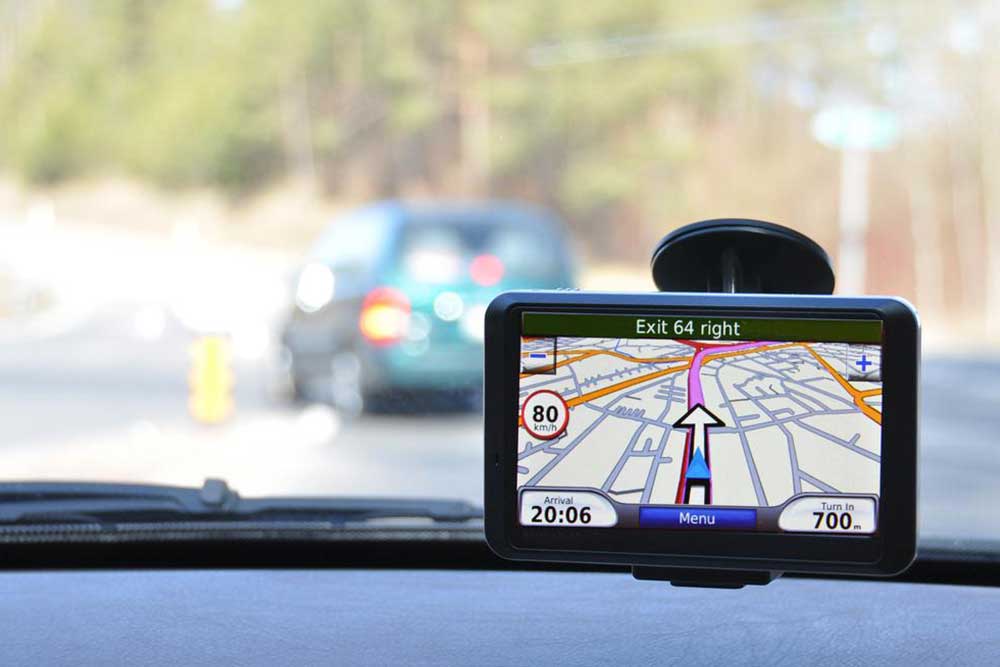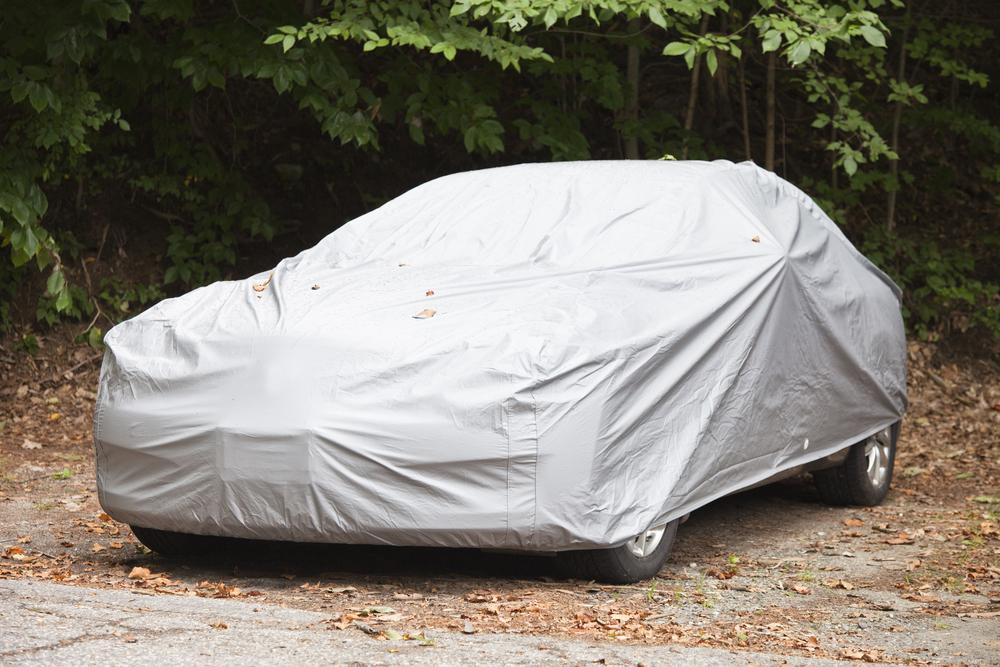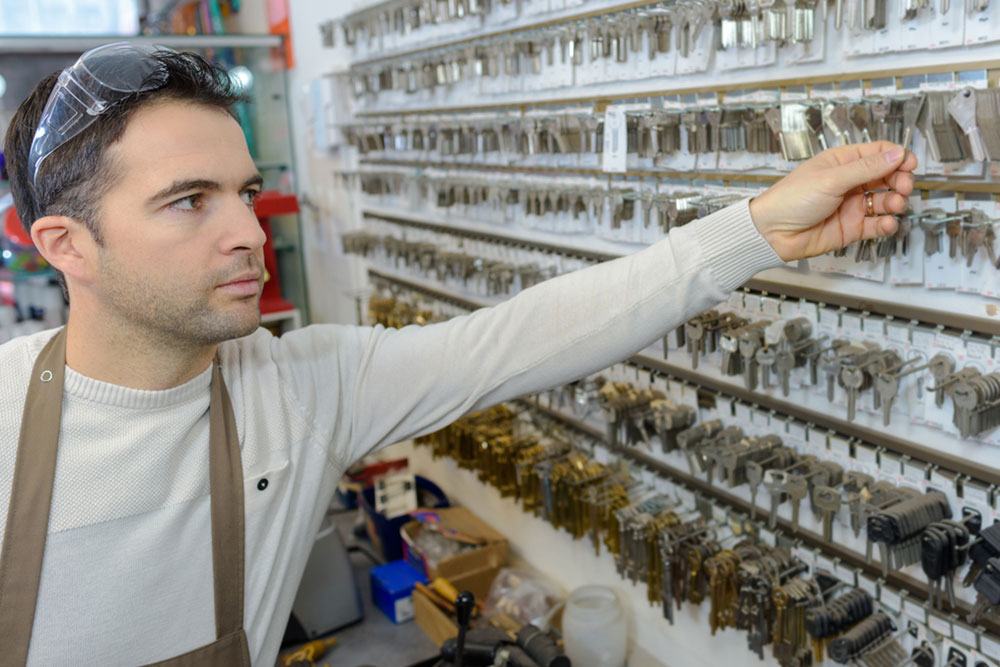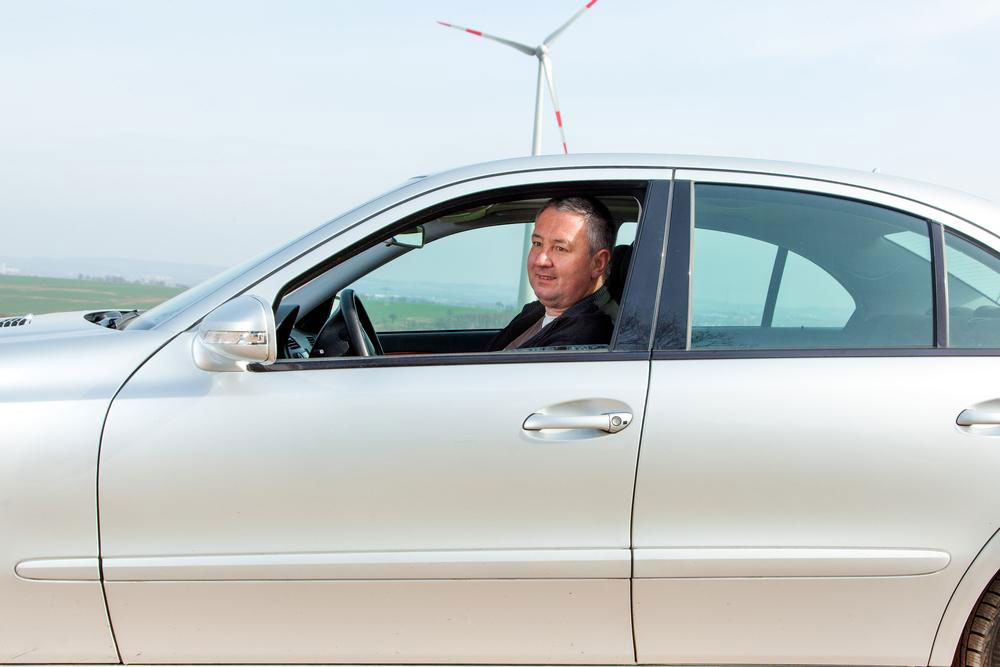Understanding The Components and Functionality of Central Vehicle Locking Systems
Discover the key components and functionalities of modern central vehicle locking systems. Learn how electronic actuators, transponders, remote controls, and keyless ignition enhance vehicle security and convenience with advanced technology features. Perfect for automotive enthusiasts and industry professionals, this guide explains the evolution from mechanical locks to sophisticated wireless systems, offering insights into the latest innovations in vehicle security technology.
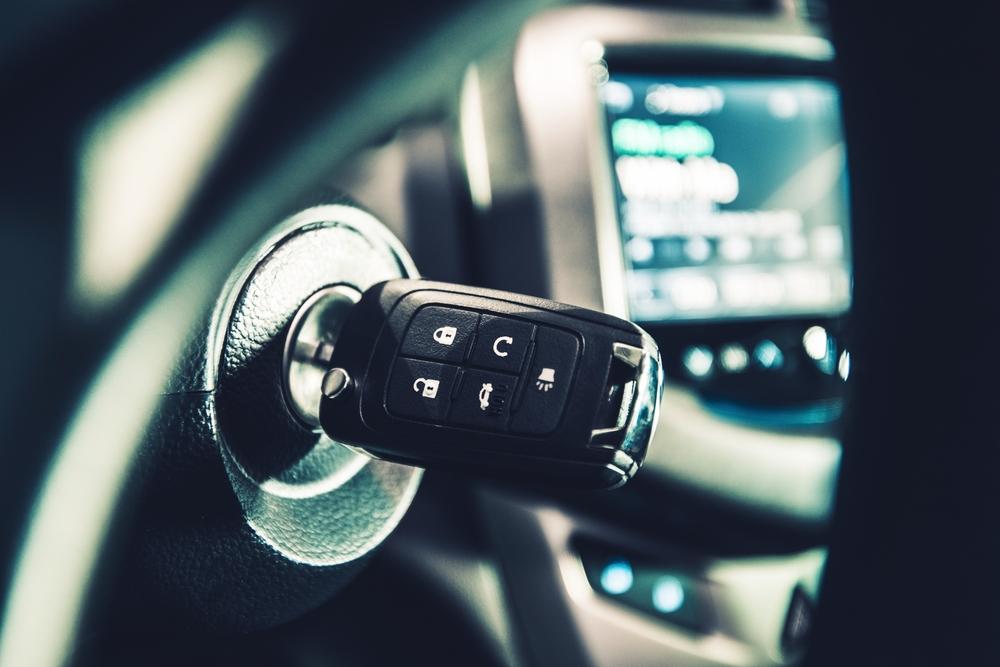
Understanding The Components and Functionality of Central Vehicle Locking Systems
The central locking system plays a crucial role in vehicle security, integrating electronic and mechanical parts to ensure that access is limited to authorized users only. This system controls locking and unlocking of doors and trunk lids, enhancing convenience and safety.
How a Central Locking System Works
The system facilitates locking mechanisms in vehicles, which traditionally operated manually with keys or internal levers. Modern systems are activated via remote controls or electronic signals, allowing remote access and control.
Earlier locking systems were purely mechanical, with each door having its independent lock accessible externally with keys or internally via handles. The first central locking models employed pneumatic actuators with vacuum reservoirs that operated all locks simultaneously when the key was turned.
With technological advancements, electronic and wireless components have become standard. Today's systems support remote control, infrared, and wireless signals to lock or unlock vehicles from a distance.
Cutting-edge vehicles feature keyless entry, enabling unlocking by simply touching door handles equipped with contact points, as long as the transmitter device is nearby.
Major components include:
Actuator: Installed inside each door, it combines mechanical latches with an electric motor to control locking and unlocking electronically.
Transponder: An embedded device in keys that verifies the correct key use by reading codes near the ignition, allowing the engine to start upon validation.
Remote Control: Increasingly common, remote controls transmit signals to the vehicle, enabling lock/unlock functions at distances reaching up to 100 meters. Replacing infrared technology, radio frequency controls are more reliable and widely used.
Start/Stop System: Modern vehicles feature keyless ignition, allowing users to start or stop engines with a press of a button, often without physical contact, just by carrying the transmitter and pressing the brake pedal.

